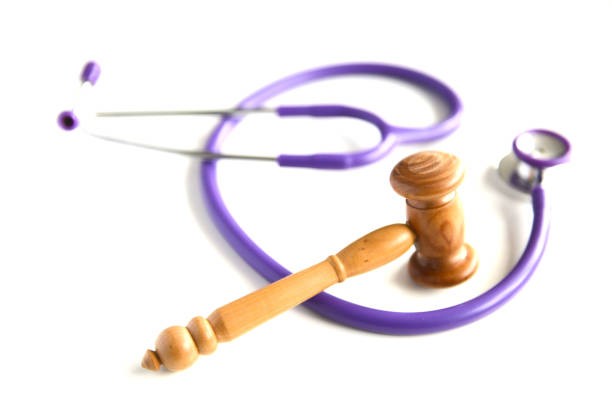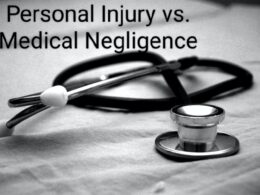When it comes to medical malpractice and malfeasance, it can be difficult to understand the differences between the two. Both are types of professional misconduct that can result in injury to a patient, but there are important distinctions that you need to be aware of.
In this article, we will discuss the similarities and differences between medical malpractice vs malfeasance.
Medical Malpractice
Medical malpractice is a term used to describe the failure of a healthcare professional to provide appropriate medical care to a patient, resulting in harm or injury to the patient. In such cases, the healthcare professional may be held liable for the damages caused to the patient. This section will provide an overview of medical malpractice, including its definition, examples, and standard of care.
Definition
Medical malpractice is defined as the failure of a healthcare professional to provide appropriate medical care to a patient, resulting in harm or injury to the patient.
This can include a failure to diagnose a medical condition, a misdiagnosis, a failure to properly treat a medical condition, or a surgical error. In order for a case to be considered medical malpractice, there must be a breach of the standard of care.
Examples
Examples of medical malpractice include surgical errors, medication errors, delayed diagnosis, premature discharge, and birth injuries. In each of these cases, the healthcare professional failed to provide appropriate medical care to the patient, resulting in harm or injury.
Standard of Care
The standard of care is the level of care that a healthcare professional is expected to provide to a patient. This includes following established medical protocols, using appropriate medical equipment, and providing appropriate aftercare. When a healthcare professional fails to meet the standard of care, they may be held liable for any harm or injury caused to the patient.
In order to prove medical malpractice, several legal elements must be established. These include a duty of care, a breach of duty, causation, and damages.
The plaintiff must show that the healthcare professional had a duty to provide appropriate medical care, that they breached that duty, that the breach of duty caused the harm or injury, and that the plaintiff suffered damages as a result.
If you believe that you have been the victim of medical malpractice, it is important to seek the advice of a qualified medical malpractice lawyer. They can help you navigate the legal process and seek compensation for any damages you may have suffered.
Malfeasance
Malfeasance is a legal term that refers to the intentional commission of an illegal act or a wrongful act that causes physical harm or injury to another person. In this section, we will define malfeasance, provide examples, and highlight the differences between malfeasance and medical malpractice.
Definition
Malfeasance is a form of wrongful conduct that is committed intentionally or with knowledge of its wrongfulness. It is a type of illegal act that is done with the intent to cause harm or injury to another person. Malfeasance can be committed by individuals, organizations, or government entities.
Examples
Some examples of malfeasance include:
- A police officer using excessive force during an arrest.
- A government official embezzling public funds.
- A doctor intentionally prescribing the wrong medication to a patient.
- A lawyer knowingly presenting false evidence in court.
Difference from Medical Malpractice
Malfeasance is different from medical malpractice in that malfeasance involves intentional or wrongful conduct, while medical malpractice involves negligence or a failure to meet the standard of care.
Medical malpractice is a type of professional negligence that occurs when a healthcare provider fails to provide appropriate treatment or care to a patient, resulting in harm or injury.
Unlike malfeasance, medical malpractice is not necessarily intentional or done with knowledge of its wrongfulness. Medical malpractice can occur due to a lack of awareness, a mistake, or a failure to follow the appropriate standard of care.
In medical malpractice cases, the plaintiff must prove that the healthcare provider breached the standard of care, and that this breach was the proximate cause of their injury or harm.
Conclusion
In summary, malfeasance involves intentional or wrongful conduct that causes physical harm or injury to another person, while medical malpractice involves negligence or a failure to meet the standard of care. Both malfeasance and medical malpractice can result in legal action, and it is important to understand the differences between the two when pursuing a legal claim.
YOU SHOULD ALSO READ:
- Medical Malpractice vs Professional Indemnity Insurance: The Key Differences
- Is RPOC Medical Negligence? Legal and Medical Implications
- What is Medical Negligence in Health Law? A Clear Explanation
- How Long Can You Go Back to Claim Medical Negligence?
- Medical Law vs Ethics: Understanding the Key Differences












